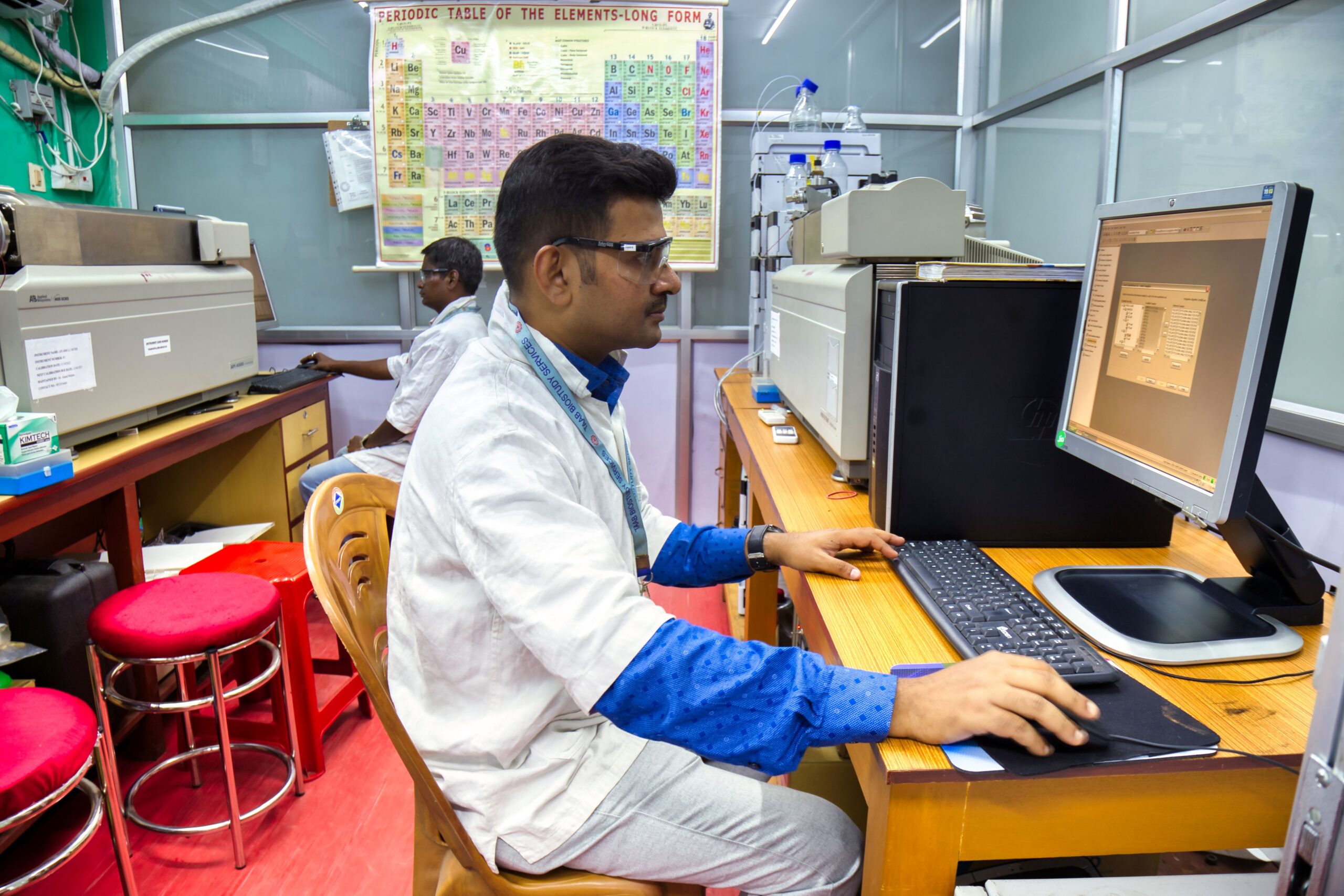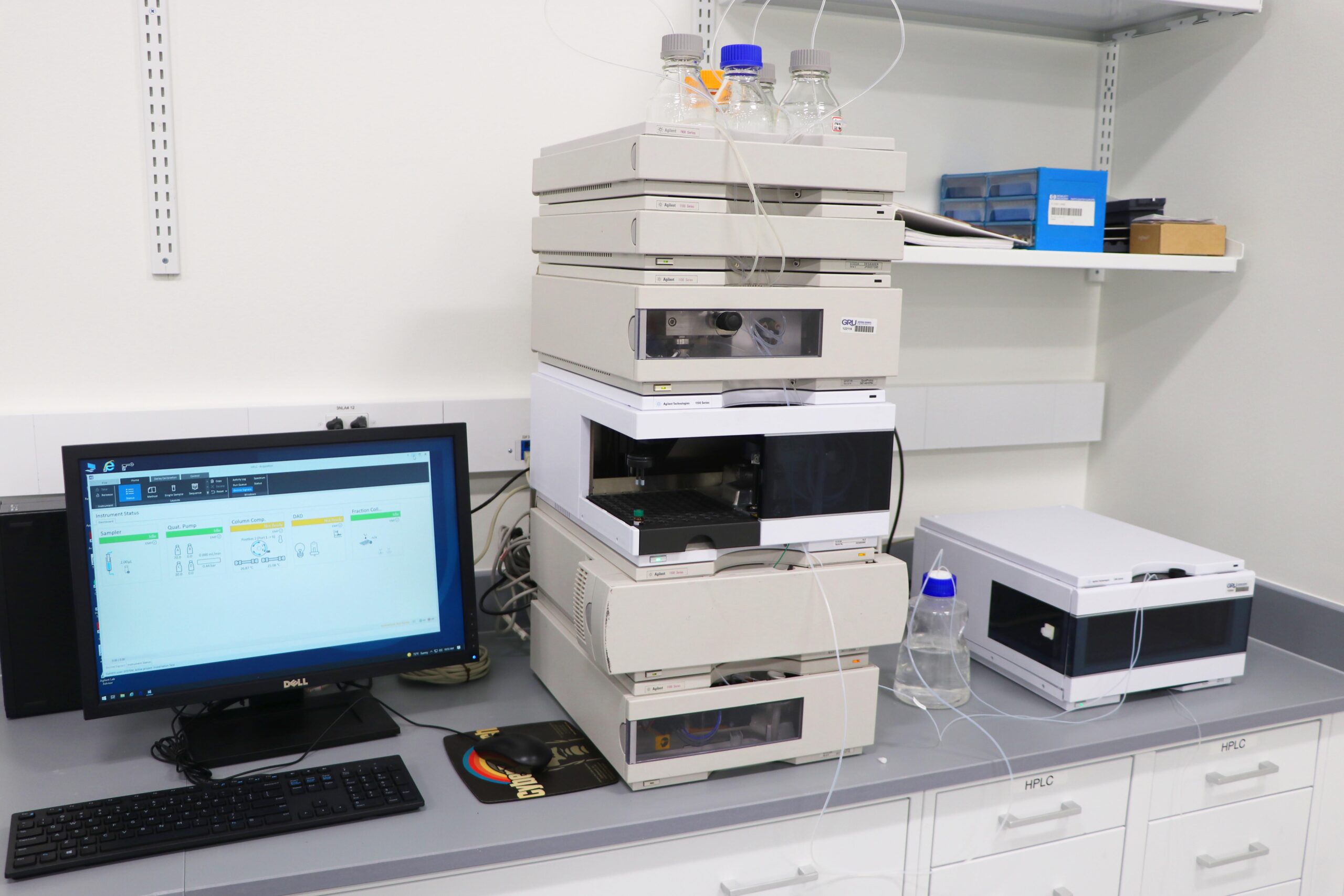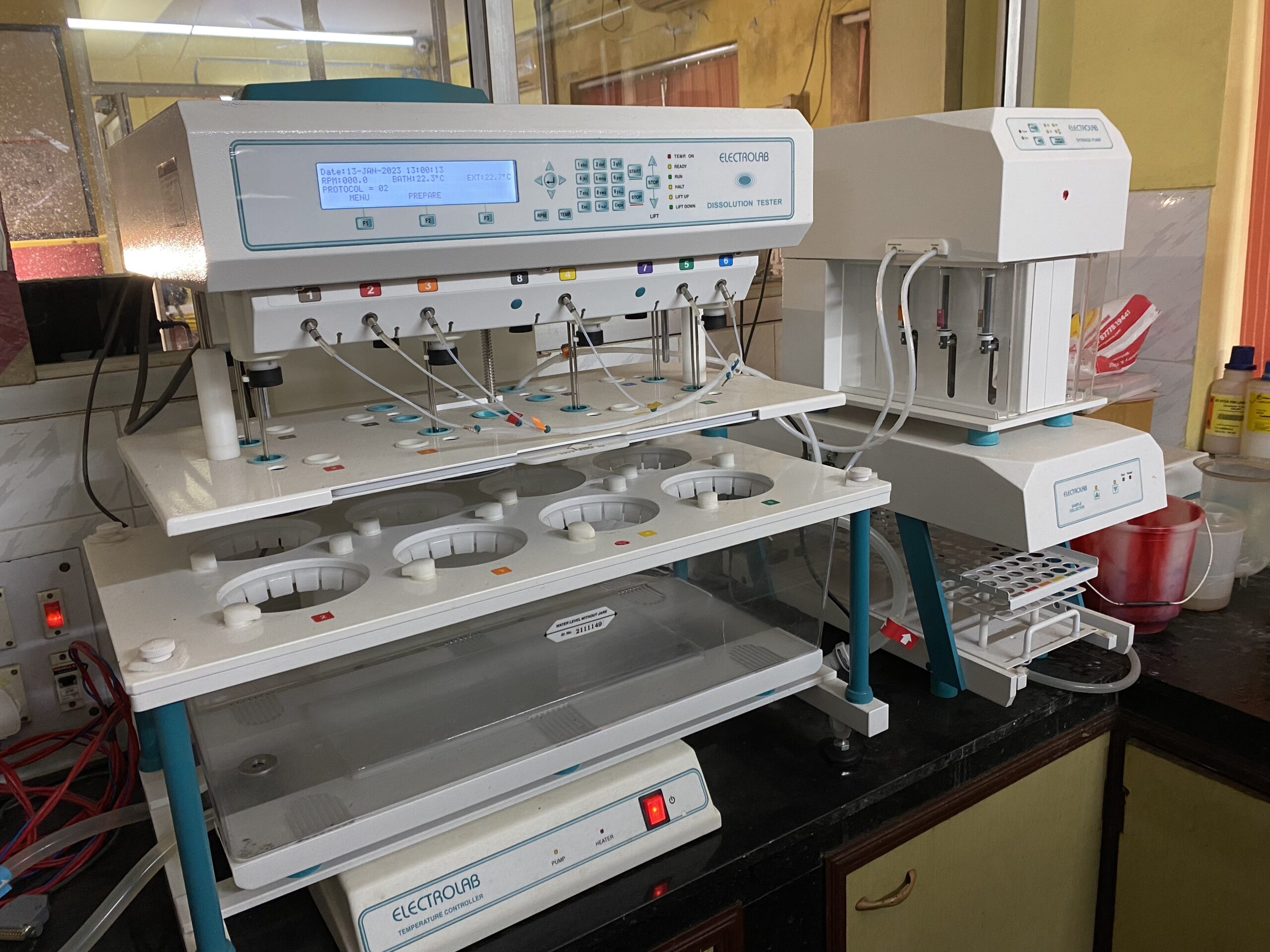Step into the REAL Learning WORLD
Ready for an adventure? Take a dive into my world of knowledge from experts at PHARMAGYAN, an unique offering from the house of TAAB Biostudy Services. We welcome all learners to provide them an enriching learning journey!
Pharmagyan is an extended offering from the house of Taab Biostudy Services. As a leader in bioequivalence studies, its scientists and medical writers make the subject experts in Pharmagyan courseware hence providing the best in class content also academically acknowledged.
Our creative contents are very helpful for students who are in the pharmacy sector as well as in the medical field, like B Pharmacy, D pharmacy, PharmD, MBBS, and Paramedical courses. We also covered information about drugs, their uses, benefits, how to use and side effects.
What is Pharmacy?
The clinical health science of pharmacy is responsible for the discovery, production, disposal, safe and effective use, and control of pharmaceuticals and drugs. Pharmacy practice necessitates a thorough understanding of medications, their mechanisms of action, side effects, interactions, mobility, and toxicity. It also necessitates treatment expertise and comprehension of the disease process.
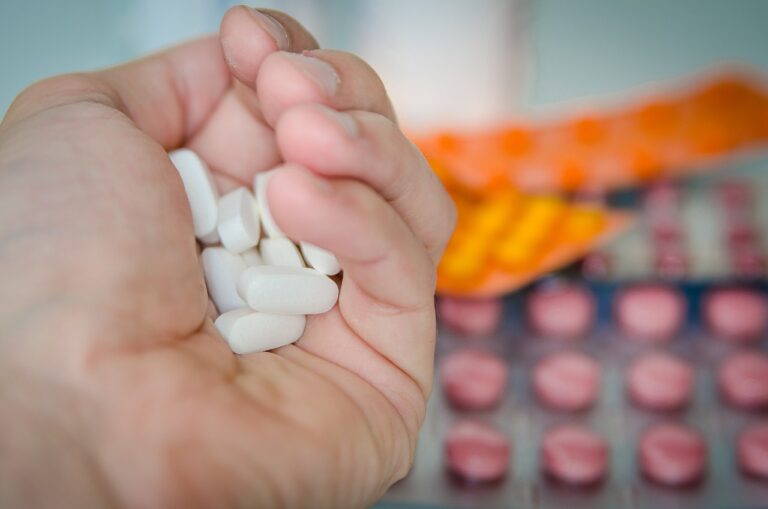
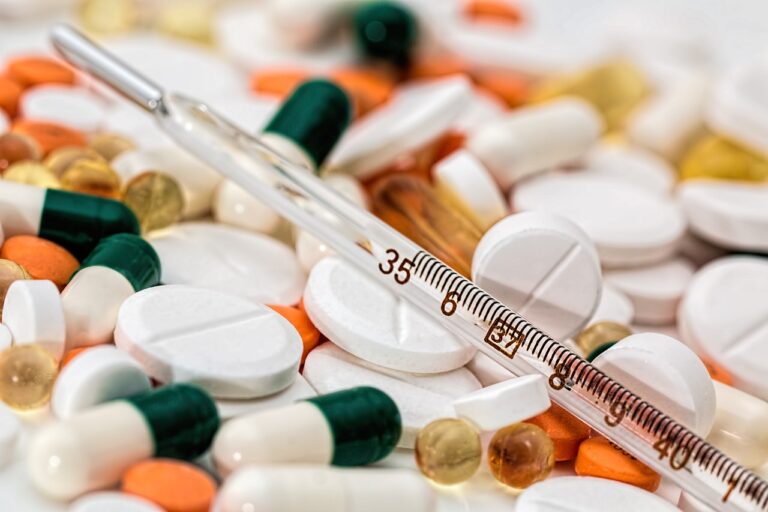
What is Pharmacology?
Pharmacology is the scientific study of the effects of drugs and chemicals on living organisms where a drug can be broadly defined as any chemical substance, natural or synthetic, which affects a biological system.
Branches of Pharmacology
The word Pharmacokinetics is derived from two words, Pharmacon meaning drug and kinetics meaning putting in motion. It can be defined as,
“The branch of pharmacology that deals with the absorption, distribution, metabolism and excretion of drugs and their relationship with the onset, duration and intensity of the drug effect.”
What the body does to the drug is pharmacokinetics. For example, the absorption, distribution, metabolism and excretion of Paracetamol is included in Pharmacokinetics.
Pharmacodynamics is the branch of Pharmacology that deals with the mechanism of action of drug and the relation between the drug concentration and its effect.
It is the study of physical and chemical effects of drugs on body, parasites and microorganisms.
What the drug does to the body is pharmacodynamics. For example, adrenaline acts on adrenal receptors, stimulates adenyl cyclase system producing effects such as cardiac stimulation and hyperglycemia is studied in Pharmacodynamics.
The branch of pharmacology that deals with the art and science of treatment of disease. It is the application of pharmacological information together with the knowledge of disease, for the prevention and cure of the disease.
Chemotherapy refers to the treatment of diseases by chemicals that kill the cells, especially those of microorganisms and neoplastic cells.
Toxicology is the branch of pharmacology which includes the study of adverse effects of drugs on the body. It deals with the symptoms, mechanisms, treatment and detection of poisoning caused by different chemical substances.
The main criterion is the dose. Essential medicines are poisons in high doses and some poisons are essential medicines in low doses.
Clinical pharmacology is the scientific study of drugs in man. It includes pharmacokinetic and pharmacodynamic investigations in healthy or diseased individuals. It also includes the comparison with placebos, drugs in the market and surveillance programmes.
Pharmacy is the branch of Pharmacology and is the art and science of compounding by dispensing drugs, preparing suitable dosage form for administration to man and animals. The health profession blends health science with chemical science and effective use of drugs.
Pharmacognosy is the identification of drugs by just seeing or smelling them. It is a crude method no longer used. Basically it deals with the drugs in crude or unprepared form and study of properties of drugs form natural sources or identification of new drugs obtained from natural sources.
Pharmacoeconomics deals with the cost of drugs. In this discipline the cost of one drug is compared with another for same use. The cheap drugs are preferred.
Branch of pharmacology dealing with the genetic variations that cause difference in drug response among individuals or population.
Pharmacogenomics is the broader application of genomic technologies to new drug discovery and further characterization of older drugs.
Recombinant DNA technology involves the artificial joining of DNA of one specie to another. E. coli is mostly used. In this way we can get huge amounts of drug in purified form which is less antigenic. Examples include GH, interferon and vaccines.
Pharmacoepidemiology deals with the effects of drugs on a large population. The effects may be good or harmful. Patients receiving drugs are collected and followed up to determine the outcomes. It is prospective (forward looking) research, however, is time consuming and lengthy.
Branch of pharmacology dealing with the comparison of one drug to another belonging to the same or another group.
Posology deals with the dosage of drugs. Example includes paracetamol given as one tablet of 500mg thrice a day.
Animal pharmacology deals with the different properties of drugs in animals. A vast variety of animals are utilized including rabbits, mice guinea pigs, etc. Drugs are given to the animals and all parameters (their behavior, activites, vital signs, etc.) are recorded. Any change is noted down. If found to be useful in animals, then the drug is tested on humans.


